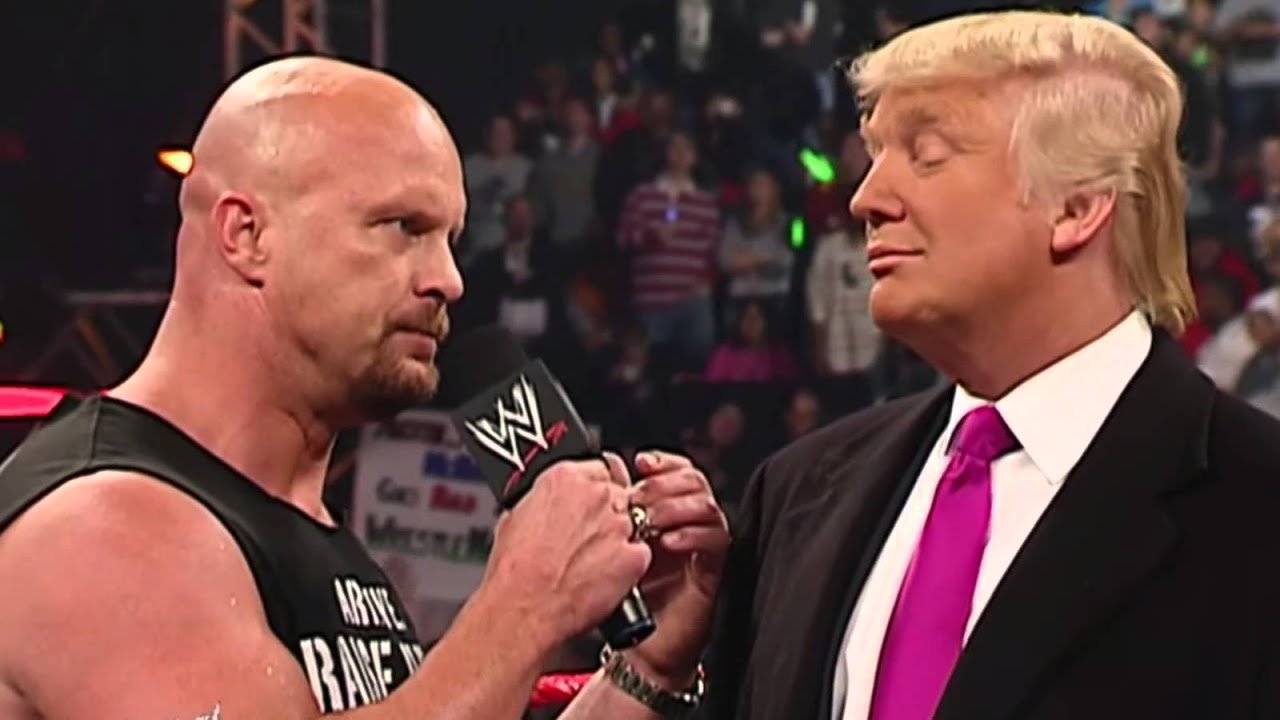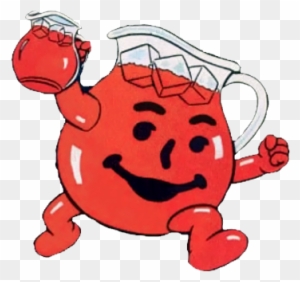-
Posts
2,205 -
Joined
-
Last visited
Content Type
Profiles
Forums
Events
Articles
Media Demo
Everything posted by Stone Cold
-
Why would you believe this, it could be argued that he attributed to the first two loses by turnovers alone.
-
Over the years, i see the same things said over and over during a bad game. One thing i will say, as long as we can recruit we will have a chance. This is the 2nd highest ranked team in the country, it was always going to be difficult
-

Did Bill Callahan sabotage the 2004 season?
Stone Cold replied to BuzzardBilly's topic in Husker Football
I remember that as well, not alot of people made it past that first riley season. Lots of people got banned for dumb stuff. -
With all due respet, weve got some larger than life folks out there. How is that going to handle the weight of a 300+ pound person
-
Mid 70s though, That sounds so..............Iowa
-
Kansas St. Just win Baby
-
My mom married my step dad in 85. That is when i was introduced to Nebraska football. Fast forward about 5 years and my stepdad started saying things like, man you could play for Nebraska football one day. High school came around and i was sitting in one of the rooms with not a lick of football experience waiting to try out for the team. I was in the D room and they were just sitting around snapping desks in half. I was no way or shape ready for where i needed to be. High school finished with a missed chance to win our state championship. 2 years latter i walked on.
-
Remember when we were decent and talked about football.
-
I dont know why they want to treat this like the tunnel walk. Have it be just a quck 5 minute thing. Play thunderstruck (classic), Play let me clear my throat (another classic rhule approved). Play whatever, but just let me be 5 or so minutes of pumping the crowd up. I like the flames but honestly they are unnecessary. It kinda takes away from the beauty of the all read lights and peoples cell phones as contrast. I think the 1st time they did it was the best.
-
As bad as this sounds, i hope they play sims.
-
Any work of the scale of Peter Jackson's The Lord of the Rings movie screenplay was going to exhibit differences from the source material. While the three movies had a large number of minor and trivial differences from the book, there were quite a few substantial differences as well. These major differences are as follows—1. differences in form; this includes changes made to the story by deleting or adding parts or spreading ideas over a long period of time, and 2. differences in substance, which included changing actual ideas and people in the story to suit the film. Some such changes include the changing of almost all the characters and changing events to reach the same outcome as the book. The director and writers of the motion pictures faced some significant challenges in bringing J.R.R. Tolkien's work to the big screen. Not the least of these was the enormous scale of the story. The The Lord of the Rings is a very lengthy story that was, itself, derived from a fictional universe of prodigious dimensions. In it, an entirely original world of the author's manufacture forms the backdrop of a story with multiple intelligent races (Elves, Dwarves, Hobbits, Ents and Men), their many languages and dialects, a highly developed historical narrative, and a minutely detailed geography of the world that had, itself, changed significantly over time. The result of all this is a level of complexity that is very difficult to apprehend in a screenplay. How does one go about presenting, for example, the historical background of a story that spans an enormous period of history that is outside the scope of the movie to be filmed? The difficulties the writers faced were innumerable, and many compromises to the story were required to successfully adapt it to the medium of film. Justifications of changes Soon after the release of the first movie, controversy began to arise over deviations in the screenplay from Tolkien's own story. Key characters such as Glorfindel and Tom Bombadil were absent, and substantial parts of the story were completely missing. Moreover, characters that were present, such as Elrond, Aragorn, and Gandalf, were substantially altered. The release of The Lord of the Rings: The Two Towers took this even further with deviations in character development and major plot elements becoming more significant. Finally, with the release of The Lord of the Rings: The Return of the King, more differences appeared and critical plot conclusions were either reduced or removed. The overall effect of the entire movie series was that it told a story that was recognizably that of Tolkien's, but it did so with major thematic and other differences, which caused varying reactions among fans. These differences were not, however, of any importance to the movie's target audience— the enormous worldwide movie going public most of whom knew nothing of the story. Despite the differences, The Lord of the Rings motion pictures are beautiful and stunning epic movies that tell a great story in their own right. The fact that the movies are considered a great achievement of movie-making is due, in part, to some of the changes that were required for screen adaptation. The most understandable differences in the screenplay from the story are those that were required to contract the duration of the film and keep up its pace. Even with substantial portions of the story excised in the screenplay, the three, extended-edition movies have a combined running time of well over eleven hours, and there is arguably enough material not filmed to make a fourth, extended-length motion picture. Considering the relative unimportance— to the general story— of some of the the missing material, it was probably a wise decision to not include it. Another important consideration in filming a motion picture is the pace at which the story moves. For example, the Council of Elrond is a lengthy episode in Tolkien's book, The Fellowship of the Ring, in which much historical material and explanations of off-camera events are provided. If this episode had been filmed as written, it likely would have run on over an hour. Instead, the material was presented in a different way that kept the pace of the plot speed up for the medium. Some differences between the story and the screenplay, however, are less easy to justify. Characters in the screenplay were developed very differently to those in the story, and they were made to do things that seemed contrary to their personalities. Moreover, major differences of theme exist— differences that do not seem to make sense or be entirely necessary for film adaption. For example, the result of the Entmoot in the movie is that the Ents decide not to go to war, before Pippin gets Treebeard to go south, saying the Hobbits will be safer that way. In fact his plan is that Treebeard will see the ruin Isengard has caused and the Ents then go to war anyway. It is fair to ask why they could not have just agreed to go to war in the film as they had in the book. Such differences, though unnoticeable to those who had never read the story, disappointed some fans of the book, while again others did not mind. On the other hand, the film's creators stated that the scene had been added to make Pippin more than just "useless baggage." In that context it succeeded. Chronology Timeline Timeline suggested, positing that there is a one year gap instead of 17 years between Bilbo's 111st birthday and Fellowship. The movies do not follow Tolkien's timeline of events. This was most likely done to move the plot along faster. The biggest indicator of this change is Frodo's age during The Fellowship of the Ring. Frodo is considerably younger in the film than the book. In the book, he begins his quest at age 50, 17 years after Bilbo's 111th birthday and the passing of the One Ring from Bilbo to Frodo. In the film, this gap does not appear to exist; while there is time between the party and Gandalf's reappearance, Frodo's youthful appearance does not support a gap of 17 years. While Hobbits may age more slowly than Men, Bilbo's appearance in The Hobbit film trilogy shows a firm movie-verse example of a 50-year-old hobbit, an appearance not shared by Frodo in the Lord of the Rings films, who hasn't aged since the birthday party; although this aging may be due to the One Ring. The film also positions Merry and Pippin as age-contemporaries to Frodo and Sam, a dynamic not seen in the book, where they are quite a bit younger (Merry is 36 and Pippin is 28). This timeline shift of the trilogy alters other aspects of the film-verse timeline, such as the birth year of Aragorn, since he states his age, 87, in The Two Towers to Éowyn. (Book Birth TA 2931 VS Movie Birth TA 2916) This change is significant because it explains Thranduil's words to Legolas at the end of The Hobbit: The Battle of the Five Armies. In the book timeline, Aragorn was only 10 during the Battle of Five Armies, meaning he was still living in Rivendell and had yet to be given the name Strider. With the revised timeline, Aragorn is 25 during the same period, five years after he left Rivendell, but 2 years before he goes to fight for Gondor and Rohan, a time when he was living with the Dúnedain. This change connects these two film moments into a clear logical timeline. Arrangement of story threads Tolkien's story was written in such a way that separate threads eventually emerge for the activities of the various characters. At one time, as many as four threads of the story existed. These threads were organized in such a way that multiple chapters could advance a single thread well along before switching to another. This is especially true of The Two Towers and The Return of the King. The first half of The Two Towers carried forward the events of the Fellowship in the lands of Rohan including the Battle of the Hornburg, and the second half took Frodo through the Emyn Muil on his journey toward Mordor and ending with his imprisonment in the Tower of Cirith Ungol. The first half of The Return of the King then switches back to the West to tell of the war in Gondor through to the challenge of Sauron at the Black Gate by the Captains of the West. This allows each thread to expand a substantial amount before switching into another thread. In the movies, the threads are switched much more frequently, and this is probably a necessity of the medium. One could easily forget the plight of one character while spending much time with another. Moreover, the synchronicity of events was much easier to follow with the frequent switching than it would have been had the screenplay been written as the book. This was definitely a case in which the medium dictated the form. Excluded material Of a total of sixty-two chapters in the three-volume book set, little to none was filmed from nine of them. These are indicated in red. Another thirty-one chapters had substantial portions left out of the screenplay. These are indicated in blue. The Remaining twenty-two chapters—less than half of the total—had most or all of their material included. These are indicated in green.
-

** 2023 Opponent Preview : Iowa (Game 12) **
Stone Cold replied to Saunders's topic in Husker Football
The thing that i worry about the most, is that one day iowa will figure out there 1 good coach away from being truly unstoppable. -
I get it, your hurting. But dont take that out on us. Some 1 post poser comes in here with there gibberish and crap.
-
We seemed to do better last weak against a better team
-
Please ban this person
-

*** Official Louisiana Tech Game Thread ***
Stone Cold replied to Mavric's topic in Husker Football
-

*** Official Louisiana Tech Game Thread ***
Stone Cold replied to Mavric's topic in Husker Football
FLAG? -

*** Official Louisiana Tech Game Thread ***
Stone Cold replied to Mavric's topic in Husker Football
Anyone notice there playing a couple clicks back from last week. Also ive noticed ball control seems to be at a all time high. -

*** Official Louisiana Tech Game Thread ***
Stone Cold replied to Mavric's topic in Husker Football
Dang -

*** Official Louisiana Tech Game Thread ***
Stone Cold replied to Mavric's topic in Husker Football
I like it when they call the team the cornhuskers and not the huskers -

*** Official Louisiana Tech Game Thread ***
Stone Cold replied to Mavric's topic in Husker Football
Dude, this isnt the D that weve been seeing -

*** Official Louisiana Tech Game Thread ***
Stone Cold replied to Mavric's topic in Husker Football
Your right.................that being said..............love it -

*** Official Louisiana Tech Game Thread ***
Stone Cold replied to Mavric's topic in Husker Football
oof






